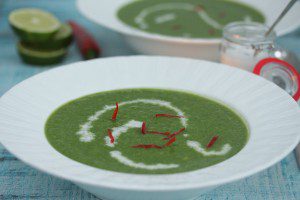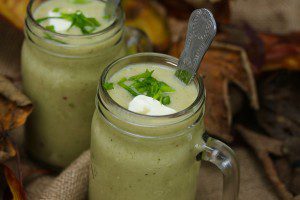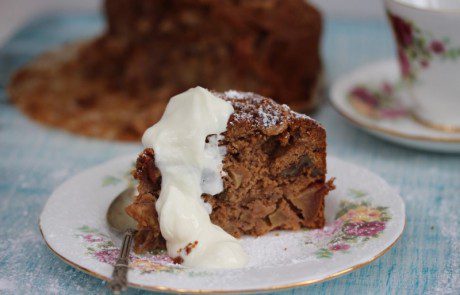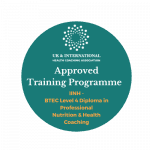Cooking for family and friends over the Christmas period can be especially daunting if someone with a food allergy will be at the table. The chances are that someone in your circle will have a problem with dairy, gluten, wheat, eggs, soya or a some other food intolerance or allergy.
So what should we be aware of when preparing a meal for that tricky guest? Here are 10 handy tips to make sure everyone has a happy, healthy Christmas.
- Try to involve the person who has the dietary requirement in your menu planning. Get them to suggest their favourite foods, products, purchases, shops etc.
- Fresh is best: by buying fresh and natural foods e.g. meat, vegetables, fruit you know exactly what you are getting.
- Read labels. When buying package foods, read the ingredient list with special care. If there is no label, ask the assistant serving you about allergen content and recommended food preparation. The longer the ingredient list, the more removed from real food the item is. Reading what’s on the package will give you more confidence about particular products and brands. Even better, check with your special guest which brands and products they are happy to purchase themselves
- You do not have to make everything from scratch. Source allergen-free products, like gluten and/or dairy-free Christmas pudding or mince pies from reputable suppliers where there is NO chance of cross-contact contamination.
- To rule out cross-contact contamination for people who are specially sensitive, avoid foods from bulk bins, hot/cold salad bars, and processed meats counters, as these are common sites for cross-contact contamination
- Again, to avoid contamination, wash down kitchen counters and make sure all utensils, plates, pots, etc. have been thoroughly cleaned. Even small residues of gluten/ egg/ nuts/ dairy/ soya, etc. can cause allergic reaction in those severely afflicted.
- Wash your hands before preparing allergen-free dishes
- Ask your guest if they want to make some items to bring to the party.
- Keep menu and recipes simple: design starter, main course, side dishes and a dessert to be suitable for everybody, even those with food intolerance included.
- An example of this is when making a gravy. If you thicken with arrowroot or brown rice flour, this will suit the coeliac guest, and nobody will notice if you use all the lovely juices from your turkey or roast of choice.
- Another example is to make a simple veggie soup and thicken it with potato or another starchy vegetable instead of flour. Try using coconut milk instead of cow’s milk for a creamy soup.
- Lots of cakes can be made without flour, e.g.: make brownies, and instead of butter use coconut oil/ odorless coconut oil, or a dairy-free spread.
- Make a delicious apple and winterberry crumble without egg, using quinoa flakes, nuts, coconut flour and coconut oil.
- Lastly – have a wonderful Christmas! Rest well, eat well, laugh lots and enjoy all those special moments with family and friends.
Happy Christmas!

By Maggie Lynch, IINH Director of Cooking Services
















